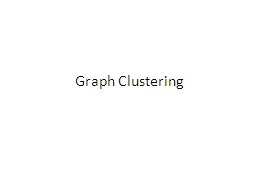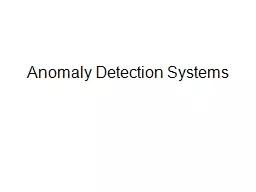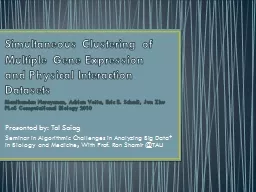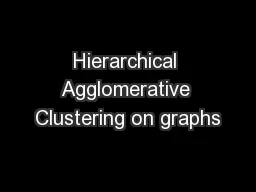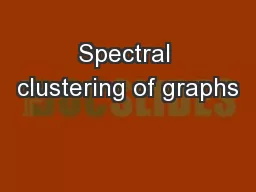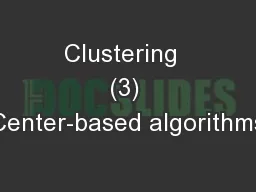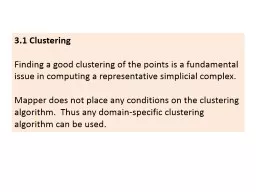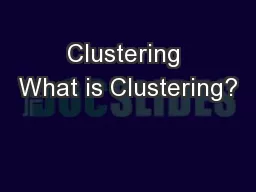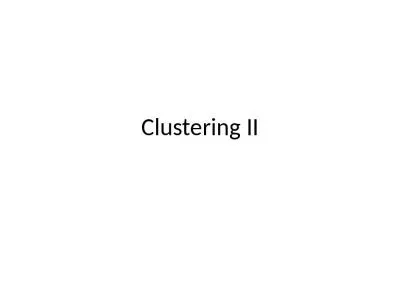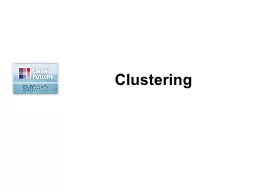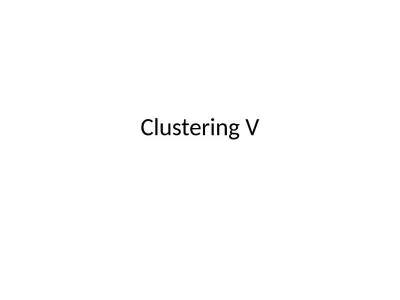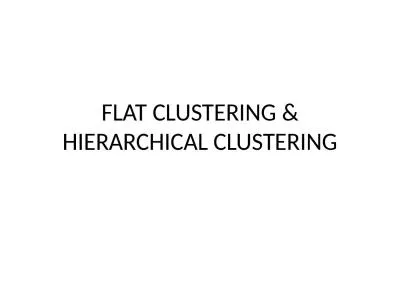PPT-Community Detection and Graph-based Clustering
Author : lois-ondreau | Published Date : 2015-10-05
Adapted from Chapter 3 Of Lei Tang and Huan Lius Book Slides prepared by Qiang Yang UST HongKong 1 Chapter 3 Community Detection and Mining in Social Media
Presentation Embed Code
Download Presentation
Download Presentation The PPT/PDF document "Community Detection and Graph-based Clus..." is the property of its rightful owner. Permission is granted to download and print the materials on this website for personal, non-commercial use only, and to display it on your personal computer provided you do not modify the materials and that you retain all copyright notices contained in the materials. By downloading content from our website, you accept the terms of this agreement.
Community Detection and Graph-based Clustering: Transcript
Download Rules Of Document
"Community Detection and Graph-based Clustering"The content belongs to its owner. You may download and print it for personal use, without modification, and keep all copyright notices. By downloading, you agree to these terms.
Related Documents


